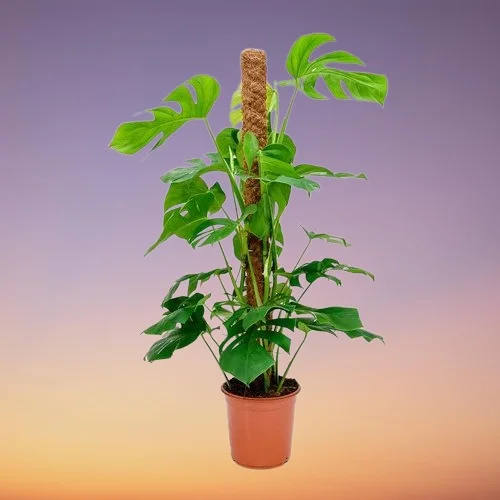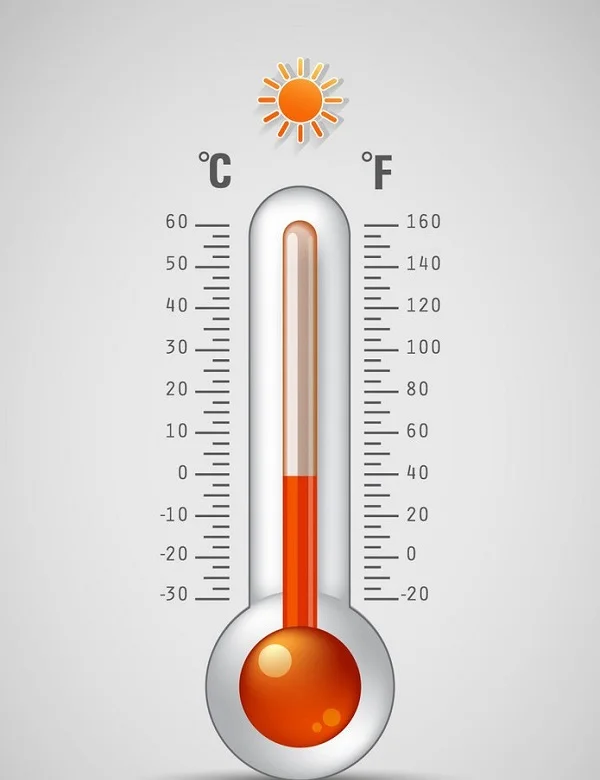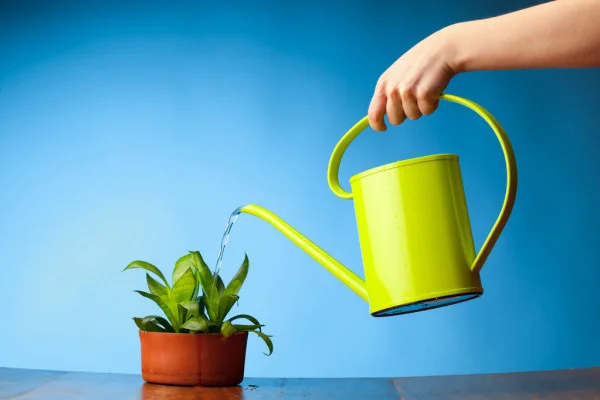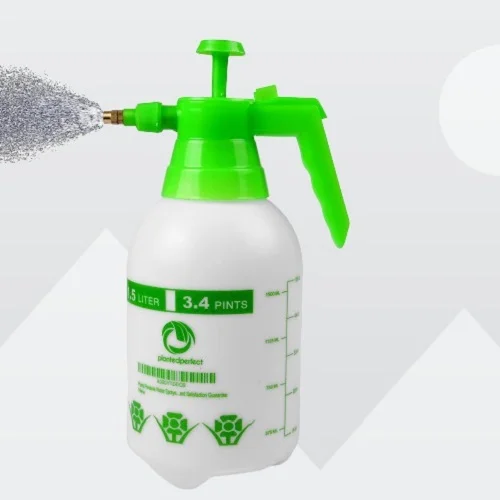How to Train Houseplants | Providing Support for Houseplants
Some links in this post may be affiliate links

Training houseplants involes providing support for the stems to ensure maximum display.
Training is necessary for climbing houseplants, houseplants with long and weak stems, houseplants which bear heavy flower-heads and for houseplants whose stems are brittle.
Training needs to be done while the growth is still young, fresh and flexible to avoid causing damage to the plant.
The support can be provided in different ways depending on availability and personal preferences as well as the houseplant concerned.
Types of Houseplants Support
Some of the common types of support are the well-known moss-stick, trellis, canes, climbing frames among others.
1.Moss stick
A moss stick is ideal for providing support for climbing plants.
2.Trellis
A trellis is an excellent tool for the display of vines and other climbing plants.
3.Canes
A framework of 3-4 canes reaching the bottom of the pot will provide good support to non-climbing plants.
4.Wire hoops
Wire hoops can be inserted within the pot to offer support for the plant.
5.Climbing frames
Climbing frames can be made of wire or wood. They are perfect for climbing plants
Do not tie stems too tightly to the support. Train new growth before it becomes too difficult to bend.
Frequently train plants with tendrils like vines to prevent the tendrils from tying the stems together.
You could leave a few untrained shoots hanged down from a climber; it can improve its appearance. However, this is a matter of personal judgement and preference.
For your specific houseplant requirements, look it up in this Houseplants A-Z Guide.
You liked it? Share on social media.
Related Content
Amazon Associates Disclosure
Homeplantsguide.com is a participant in the Amazon Services LLC Associates Program, an affiliate advertising program designed to provide a means for sites to earn advertising fees by advertising and linking to amazon.com.


